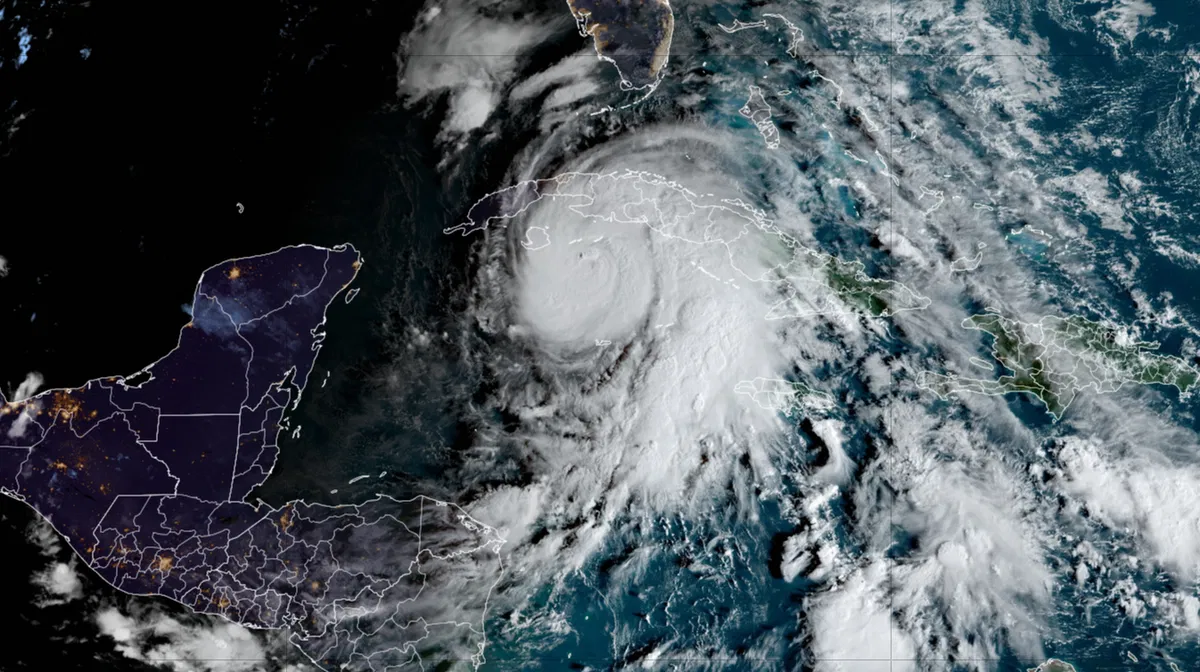After destroying Cuba’s electrical grid, Hurricane Rafael takes a completely different route into the Gulf.
Videos of the aftermath showed power infrastructure turned into a mangled mess and power poles down on streets. Hundreds of technicians were mobilized Thursday to reestablish power connections, according to state media.

Videos of the aftermath showed power infrastructure turned into a mangled mess and power poles down on streets. Hundreds of technicians were mobilized Thursday to reestablish power connections, according to state media.
Operations at two electrical plants were partially restored and parts of eastern and central Cuba had electricity back up by Thursday afternoon, state media reported.
“Intensive work is being done in the western region to reconnect the damaged lines and fully recover the national electrical system,” Bruno Rodriguez, Cuba’s Foreign Minister, said on X.
The country’s power grid has collapsed multiple times, including when Hurricane Oscar hit in October and killed at least 7 people.
Cuban President Miguel Diaz-Canel said on X that Havana, Mayabeque and Artemisa were greatly impacted by the storm. Diaz-Canel also announced he would travel to the affected areas to personally oversee recovery operations.
Thousands of people in the western Artemisa province were evacuated from coastal zones ahead of landfall, officials said on state TV. Rafael’s core came ashore just east of Playa Majana in the province.
The Cuban civil defense placed western and central provinces under a state of alarm, urging people there to limit their movement. The normally bustling streets of Havana were largely emptied on Wednesday afternoon.
Rafael is the strongest hurricane to roam the northwestern Caribbean in November since 2009, according to data from the NOAA.



